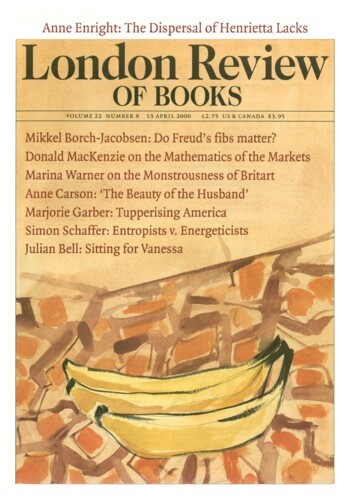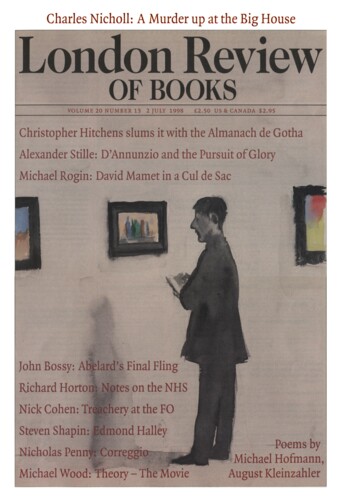Nymph of the Grot
Nicholas Penny, 13 April 2000
In the early years of the 16th century a Vatican official called Angelo Colocci, who had graduated from curial abbreviator (responsible for internal memoranda) to apostolic secretary (poised below the coveted position of domestic secretary, or Papal p.a.), took to prowling around the small shops and market stalls of Rome in pursuit of the heavy, polished lumps of basalt that were used by tailors and weavers to press cloth. He had noticed that some were inscribed and that they seemed to be of a regular size. Traders in antiquities got to know of his peculiar interests and a dealer hailed him one day with the offer of a brass ball. He bought it, saw that there were silver letters set into it, and soon realised that he had in his hands a standard Roman pound weight, and that the other lumps were related to this one. This was a great moment for Colocci, who was planning a treatise on ancient weights and measures. He never wrote it, however, leaving only copious, but very confused, notes – he may have devoted too much time to pursuing his career in the Vatican or to parties with his cronies – but achieved a great reputation in the scholarly world despite this, chiefly for his expertise on the length of the Roman foot.





